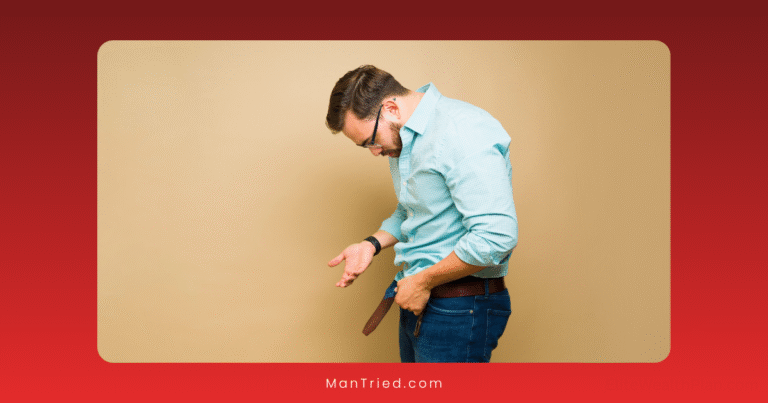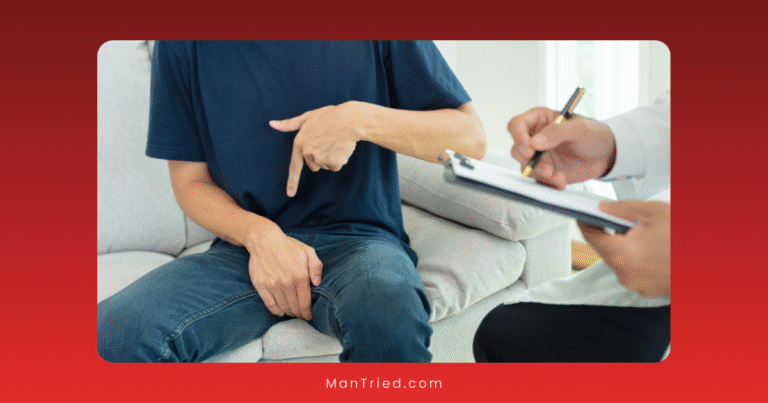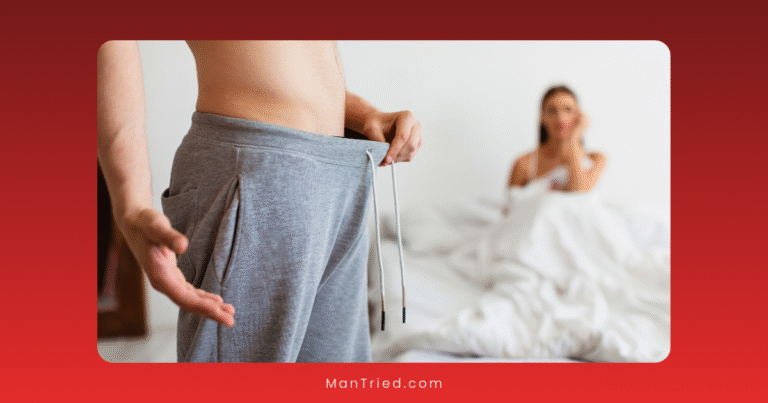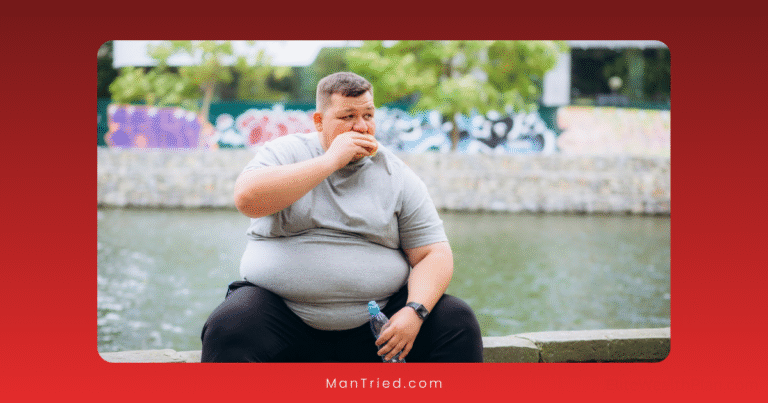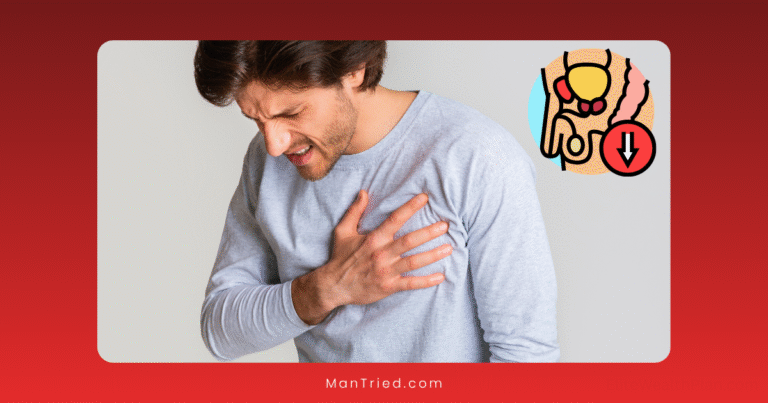Chronic PE vs. Situational PE: Different Approaches for Different Types
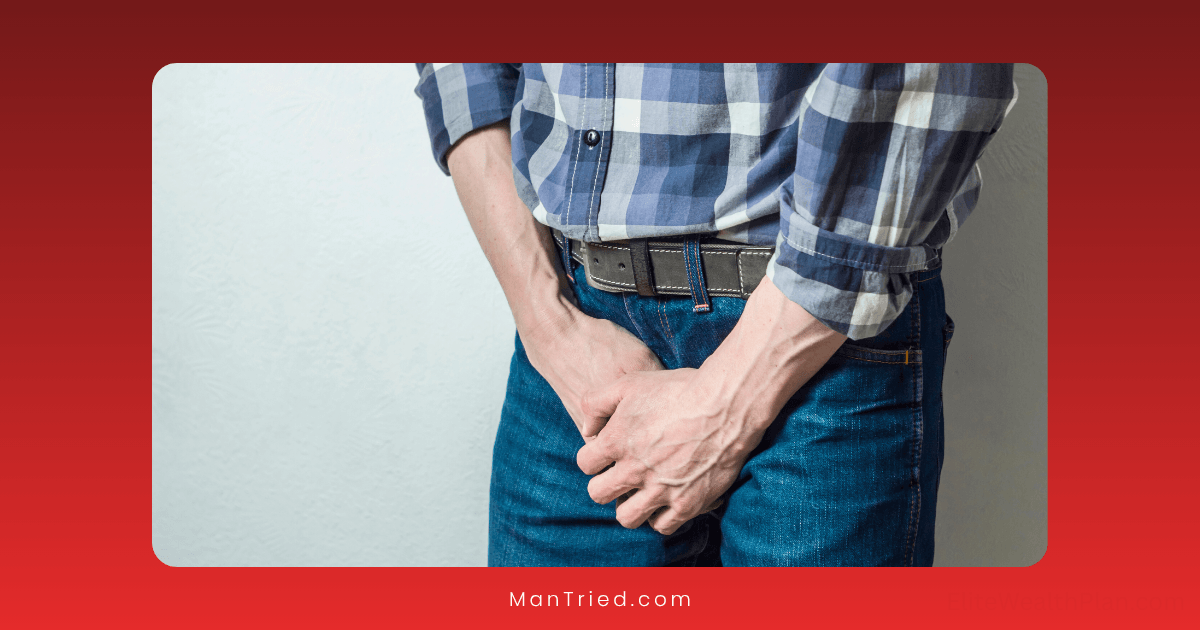
Premature ejaculation (PE) affects approximately 30% of men aged 18-59, making it the most common male sexual dysfunction worldwide. Yet despite its prevalence, many men don’t realize that PE isn’t a one-size-fits-all condition. In fact, understanding whether you’re experiencing chronic (lifelong) or situational (acquired) PE is crucial for finding the most effective treatment approach.
This comprehensive guide explores the key differences between these two types of PE and outlines tailored strategies for each condition.
Understanding the Two Types of Premature Ejaculation
Chronic (Lifelong) PE
According to the International Society of Sexual Medicine, chronic PE is characterized by:
- Ejaculation that consistently occurs before or within about one minute of vaginal penetration
- Present since the beginning of sexual activity
- Occurs in nearly all sexual encounters (75-100%)
- Persists for at least six months
- Causes personal distress
Dr. Irwin Goldstein, editor-in-chief of The Journal of Sexual Medicine, notes that men with lifelong PE typically report “very poor to poor ejaculatory control” throughout their sexual lives, with little improvement over time without intervention.
Situational (Acquired) PE
In contrast, situational PE:
- Develops after a period of normal ejaculatory control
- Occurs inconsistently, varying with different partners or situations
- Generally has longer ejaculation times compared to chronic PE (often 2-3 minutes)
- May be triggered by specific circumstances or health conditions
- Often represents a significant change from previous sexual functioning
Research from the American Urological Association suggests that situational PE frequently involves a reduction of about 50% from a man’s previous ejaculatory latency time.
Key Differences in Underlying Causes
Understanding the root causes of your PE type is essential for effective treatment.
Causes of Chronic PE
Chronic PE is more likely to have biological and genetic underpinnings:
- Neurobiological factors: Hypersensitivity of the glans penis or altered serotonin receptor sensitivity
- Genetic predisposition: Studies have identified certain genetic polymorphisms associated with lifelong PE
- Hormonal influences: Some research suggests a link between higher testosterone levels and PE
- Evolutionary theories: Some researchers propose that rapid ejaculation may have offered evolutionary advantages
A study published in the World Journal of Men’s Health found that men with chronic PE often have a distinct neurobiological profile compared to those with situational PE.
Causes of Situational PE
Situational PE typically stems from:
- Psychological factors: Anxiety, depression, stress, or relationship conflicts
- Medical conditions: Erectile dysfunction, prostatitis, hyperthyroidism
- Medication side effects: Certain antipsychotics or withdrawal from opioids
- Lifestyle changes: Increased stress, changes in sexual routine
- Relationship issues: Communication problems, unresolved conflicts, or new partnerships
According to research published in Sexual Medicine Reviews, approximately 20% of men with PE experience depression, compared to 12% of men without PE.
Diagnostic Approaches
Proper diagnosis is crucial for determining the most effective treatment path.
Diagnosing Chronic PE
For chronic PE, diagnosis typically involves:
- Detailed sexual history focusing on lifelong patterns
- Assessment of intravaginal ejaculatory latency time (IELT)
- Evaluation using validated questionnaires like the Premature Ejaculation Diagnostic Tool (PEDT)
- Ruling out other sexual dysfunctions
- Physical examination to check for hypersensitivity
Diagnosing Situational PE
For situational PE, diagnosis should include:
- Timeline of when ejaculatory control changed
- Assessment of potential triggers or life changes
- Screening for underlying medical conditions
- Evaluation of medication use and lifestyle factors
- Assessment of relationship dynamics
- Testing for hormonal imbalances when indicated
Treatment Approaches for Chronic PE
Since chronic PE often has neurobiological roots, treatment typically focuses on physiological interventions combined with behavioral techniques.
Pharmacological Approaches
1. SSRIs (Selective Serotonin Reuptake Inhibitors)
These medications are generally considered first-line treatment for chronic PE:
- Daily SSRIs: Paroxetine, sertraline, fluoxetine, and citalopram
- On-demand SSRIs: Dapoxetine (approved for PE in some countries but not in the US)
Research published in PMC shows that SSRIs can increase ejaculatory latency time by 8-10 fold in men with chronic PE.
2. Topical Anesthetics
- Lidocaine/prilocaine creams or sprays
- Applied 10-15 minutes before sexual activity
- Can increase ejaculation time by 3-6 minutes
3. PDE5 Inhibitors
- May be beneficial when combined with SSRIs
- Particularly helpful when mild erectile dysfunction co-exists with PE
Behavioral Techniques
While behavioral techniques alone may have limited long-term success for chronic PE, they can enhance the effectiveness of medication:
- Stop-start technique: Success rates of up to 65% when practiced consistently
- Squeeze technique: Shown to help 64% of patients gain better control
- Pelvic floor exercises: Strengthen muscles involved in ejaculatory control
Treatment Approaches for Situational PE
Since situational PE often stems from psychological, relationship, or health-related issues, treatment should address these underlying factors.
Psychological Interventions
- Cognitive-behavioral therapy (CBT): Addresses performance anxiety and negative thought patterns
- Mindfulness techniques: Reduces anxiety and improves awareness of arousal levels
- Stress management: Tackles overall stress that may be contributing to PE
A systematic review found that psychological interventions can be particularly effective for situational PE when the condition is linked to anxiety or relationship issues.
Relationship Counseling
- Improves communication between partners
- Addresses relationship conflicts that may contribute to PE
- Reduces performance pressure
- Explores alternative sexual activities that reduce anxiety
Treating Underlying Conditions
- Managing erectile dysfunction when present
- Treating prostatitis or urinary tract infections
- Addressing hormonal imbalances
- Adjusting medications that may contribute to PE
Combined Approaches
For situational PE, a multi-modal approach often yields the best results:
- Short-term use of SSRIs to break the cycle of anxiety
- Behavioral techniques to build confidence
- Counseling to address psychological factors
- Lifestyle modifications to reduce stress
Practical Strategies for Both Types
Regardless of PE type, these strategies can be beneficial:
Communication Strategies
- Open discussion with partners about PE
- Setting realistic expectations
- Focusing on mutual pleasure beyond penetration
- Reducing performance pressure
Sexual Techniques
- Extended foreplay to reduce anxiety
- Position changes that give more control
- Breathing techniques to manage arousal
- Mindful awareness of arousal levels
Lifestyle Modifications
- Regular exercise to reduce stress and improve mood
- Adequate sleep to optimize hormonal balance
- Limiting alcohol, which can worsen PE
- Stress reduction techniques like meditation
When to Seek Professional Help
Consider consulting a healthcare provider if:
- PE causes significant distress or relationship problems
- Self-help strategies haven’t improved the situation after 2-3 months
- PE develops suddenly after years of normal function
- PE is accompanied by other sexual or health problems
Resources like the Sexual Medicine Society of North America can help locate qualified healthcare providers specializing in sexual medicine.
The Bottom Line
Understanding whether you have chronic or situational PE is the first step toward effective treatment. Chronic PE typically requires a more physiological approach, often centered around medication combined with behavioral techniques. Situational PE usually responds well to addressing underlying psychological, relationship, or health factors.
Remember that PE is a common condition that can be effectively managed with the right approach. By tailoring treatment to your specific type of PE, you can significantly improve your sexual satisfaction and overall quality of life.
Have you found different strategies effective for managing PE? Share your experiences in the comments below.

